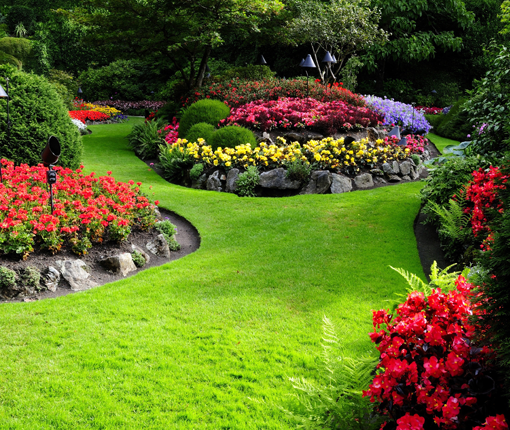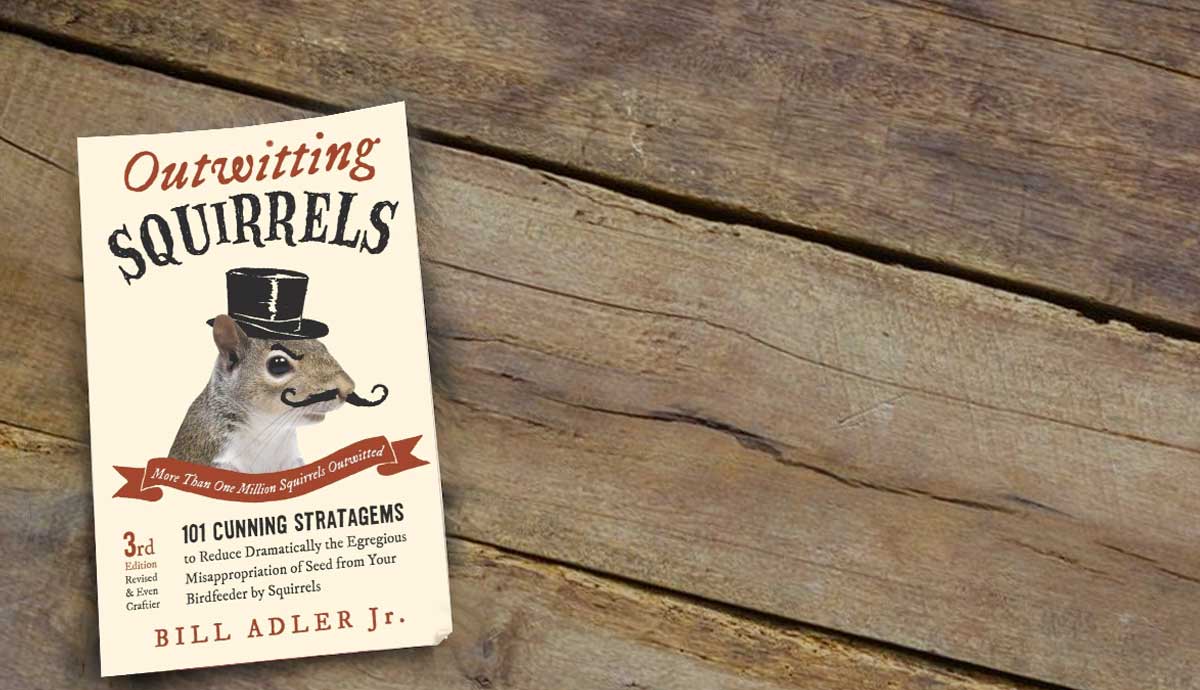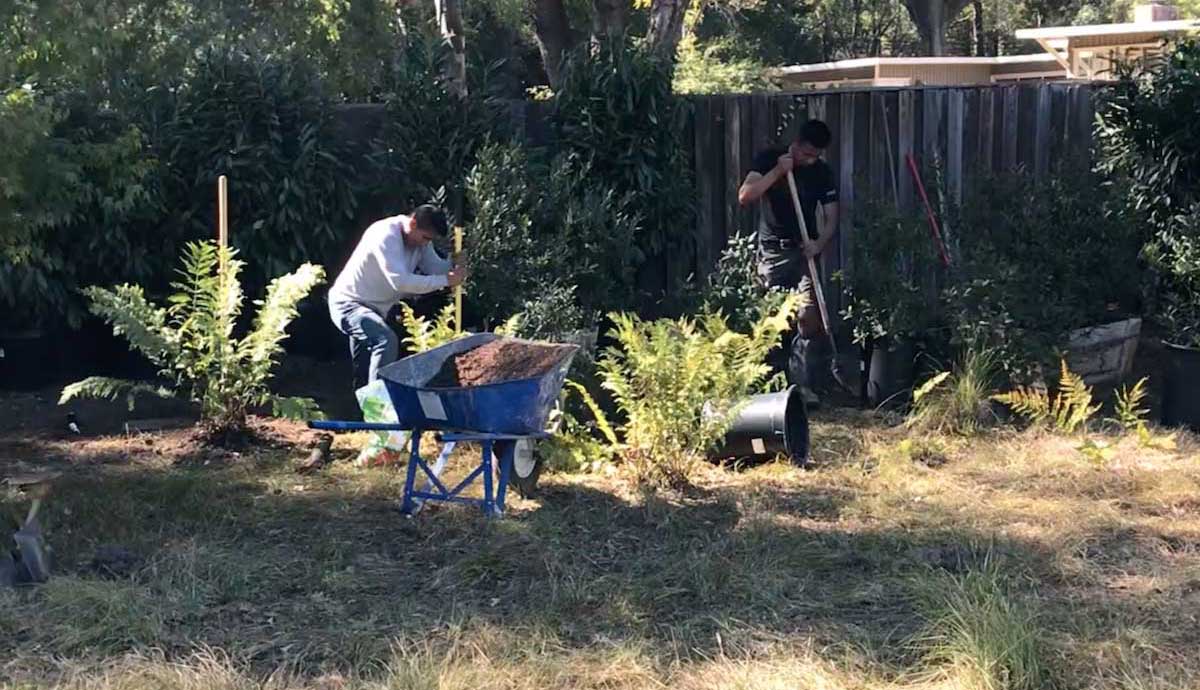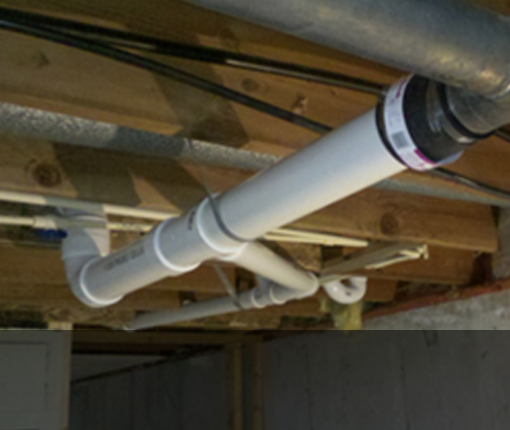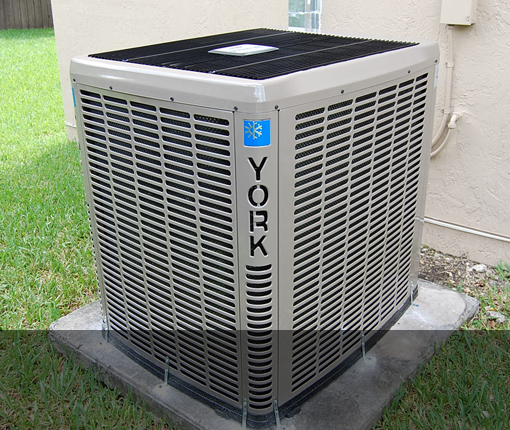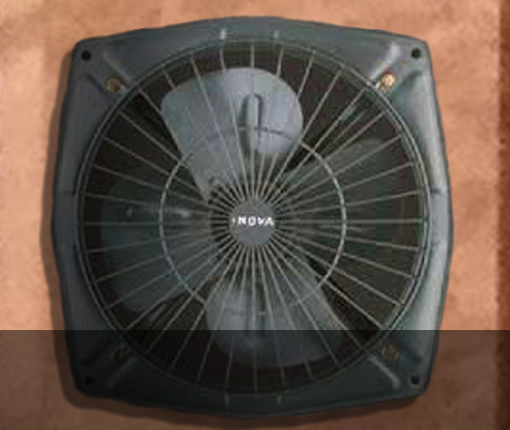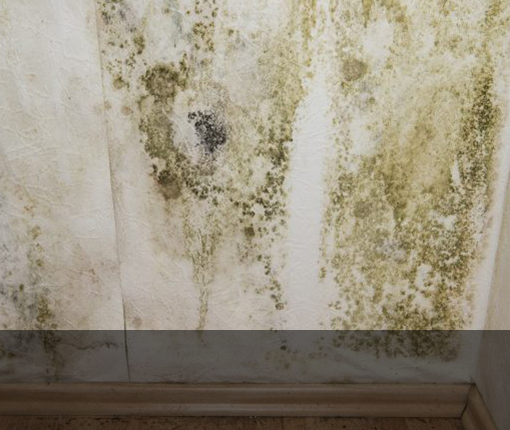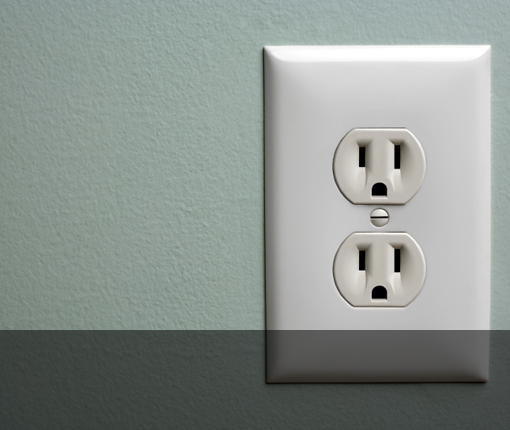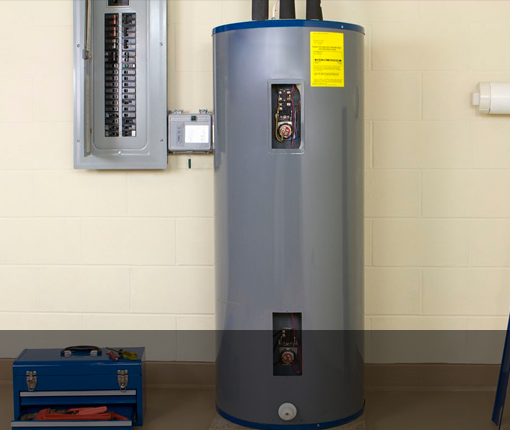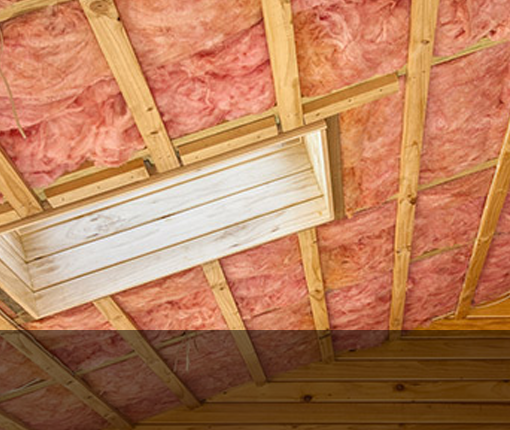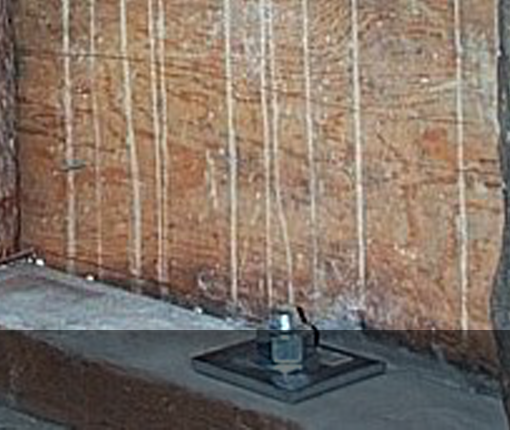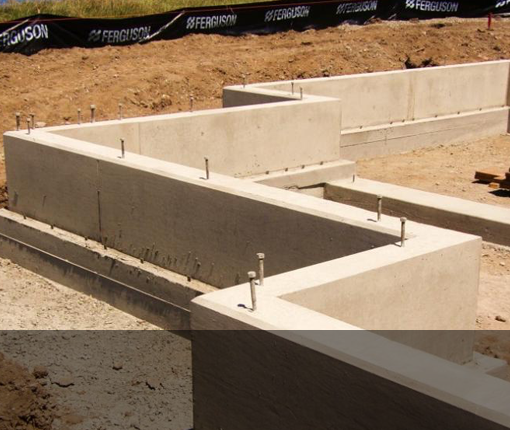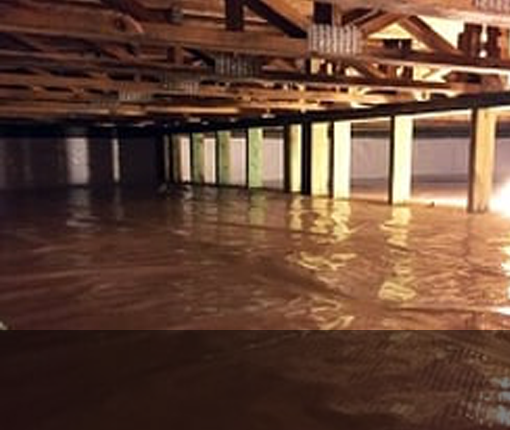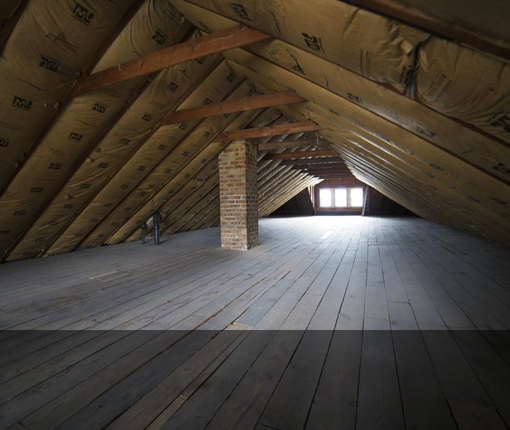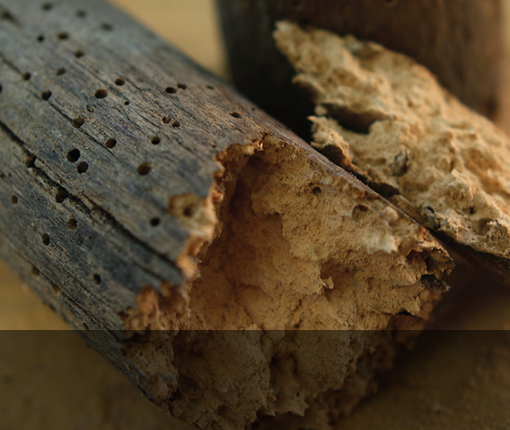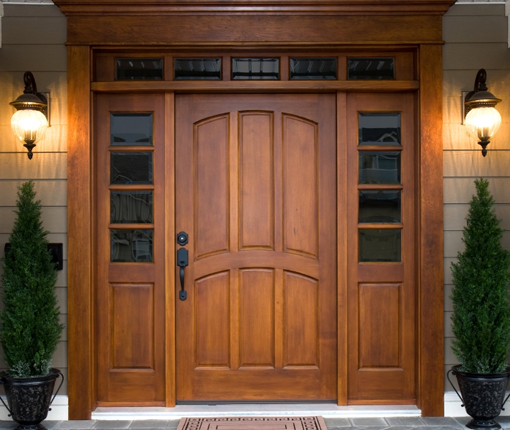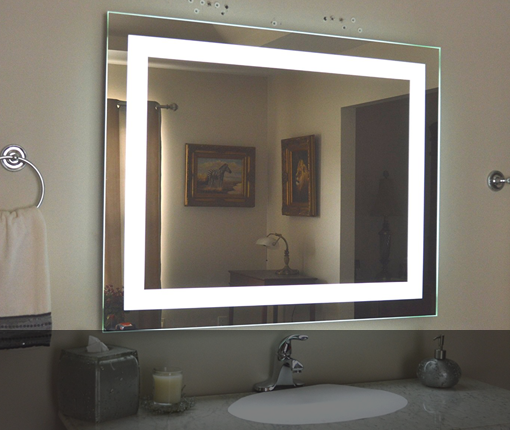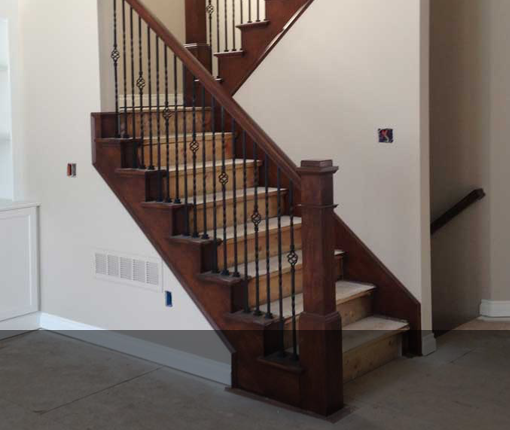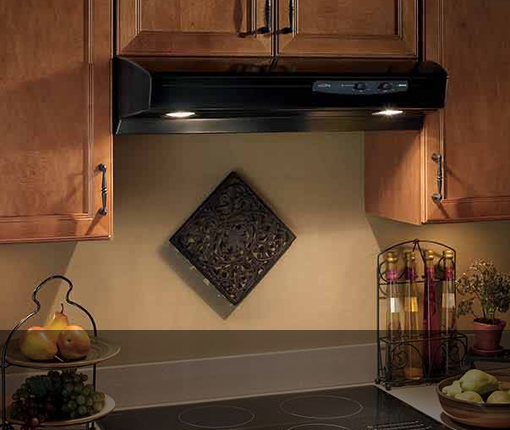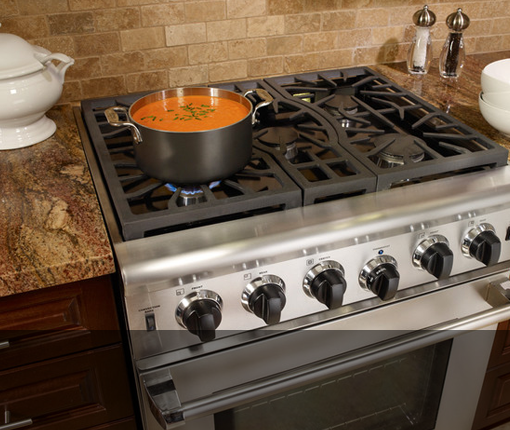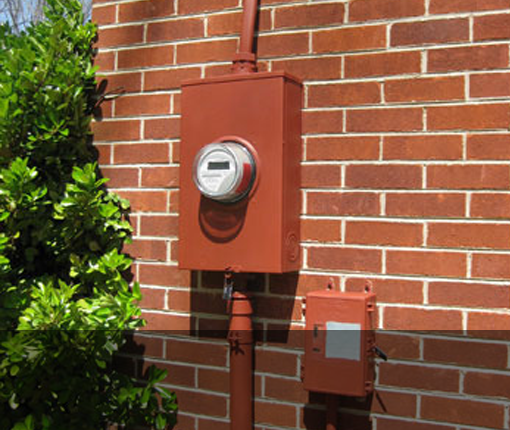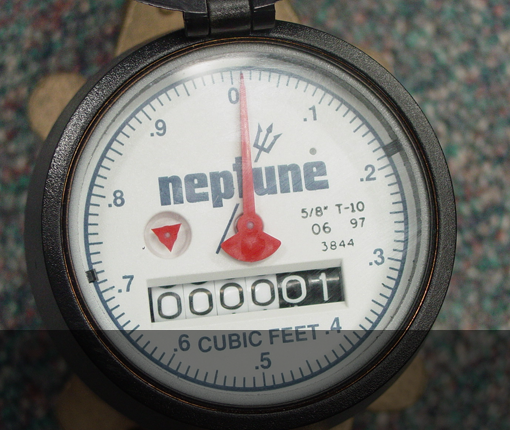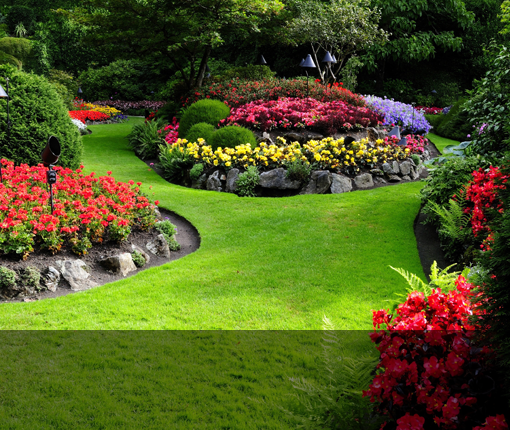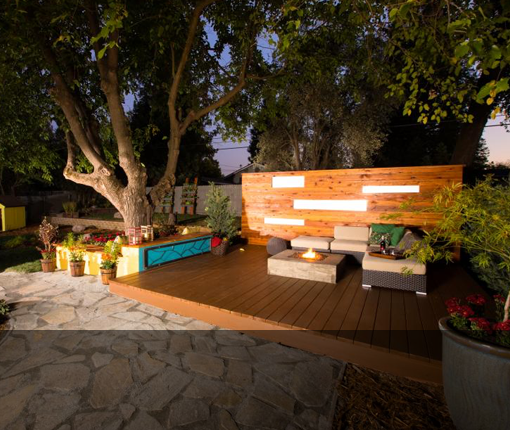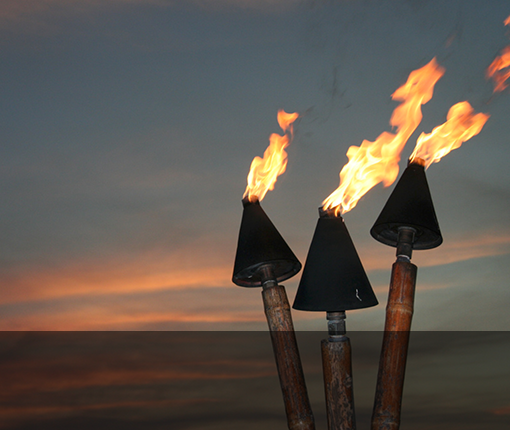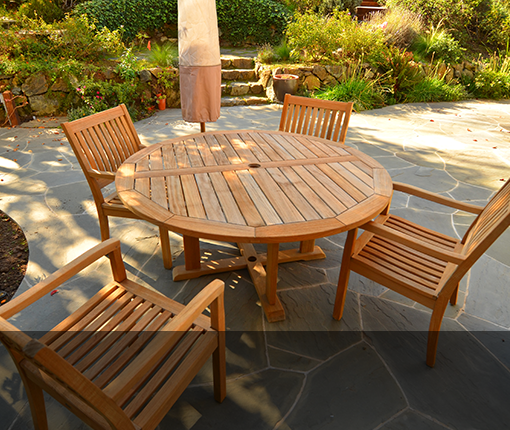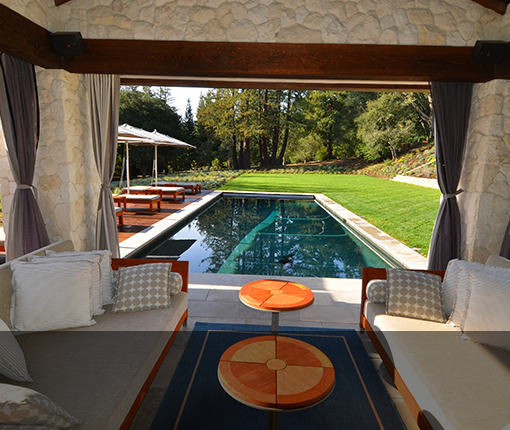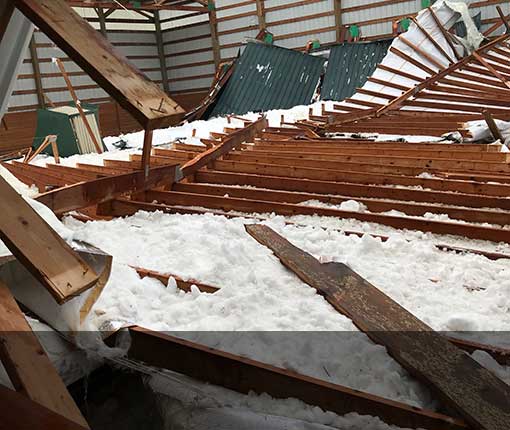Plants
A Roman named Vitruvius apparently wrote the first guidelines for garden plant selections back around Jesus’ time. He asserted that durability, availability and beauty were the key elements of successful garden design. Not much has changed.
By the age of Vitruvius, establishing lush private “gardens” had already been a hobby for maybe 10,000 years. Gardening was a hobby that only the very wealthy had enough resources to dabble in. It must have been a very demanding hobby in early times. Modern gardeners have access to local nurseries with mulch, exotic species, soil test kits, and automated irrigation systems.
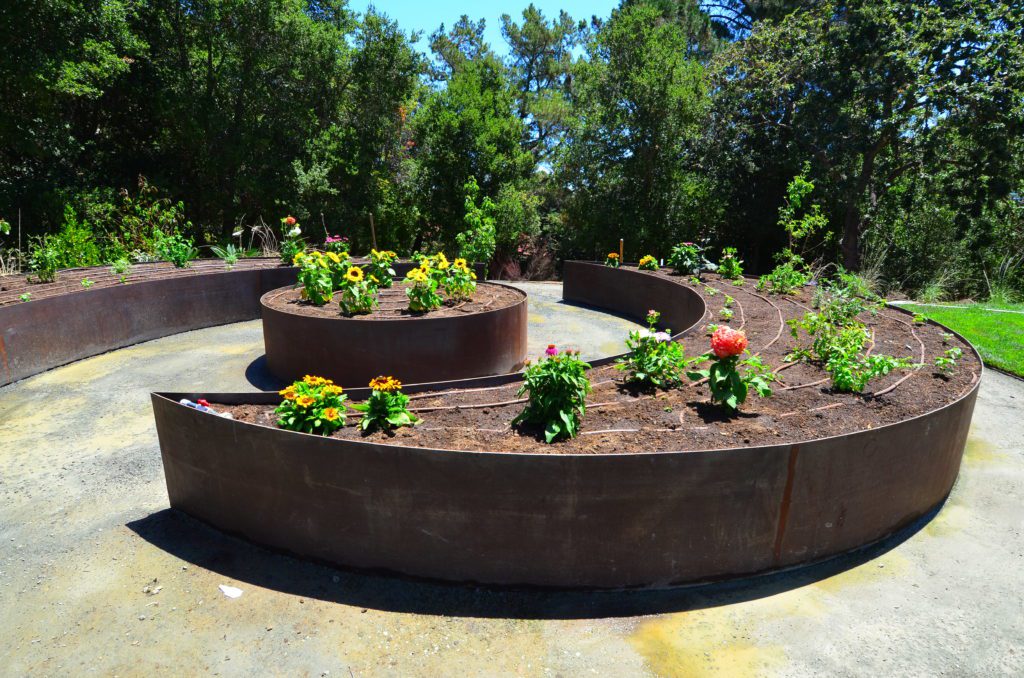
Gardening seems to bring out a fervency unmatched with other lesser hobbies. For instance, collecting and selling exotic plants from the new world was so profitable that it made many European explorers rich beyond dreams. Some early horticultural explorations of the US and South America were more like a gold rush. And at times, some plants were so rare and desirable that Wisteria, Rhododendron and Camellia held value nearly equal to gold.
How lucky are we today that we can find such an enormously wide selection of gorgeous plant specimens (reasonably priced by comparison) at just about any corner nursery? Enjoy!
To-Do
- Don’t feel bad if you can’t do the following list on your own: just hire a reputable gardener (not a mow and blow team) to perform the tasks at least once a year. You and your garden will be very happy!
- Get and read a great gardening book! You don’t have to know every plant by their Latin scientific name but if you know the key needs of your favorites it can make a big difference. Try this recommendation: The Ever-Blooming Flower Garden by Lee Schneller. Get one here.
- Create a plant list for your garden with the locations, ages of each plant, along with the summary care guides for each.
- When designing your landscape, focus on selecting appealing landscape plants with regard mainly to your local climate and soil conditions, as well as your level of energy for maintenance. Favor native over exotic species.
- Evaluate the eventual size, shape, growth rates and water requirements of the species. Unless you need instant gratification, buy small and apply love. The plant will do the rest.
- If lawns are in your plans, lean towards the use of sod lawn as an accent instead of the main theme. Play areas for children are an exception to this.
- Do not plant anything but flowers and ground cover within 5 feet of your foundation unless you also provide and maintain positive drainage away from or around your foundation perimeter (drainage system).
Maintenance
- 2x per year: Tune up your plants with proper care per your guide. Irrigation adjustments, pruning, fertilizing, pest controls and thinning. If you can’t do this yourself, hire a reputable gardener to perform the task at least twice a year. Most mow and blow firms are for quickly mowing lawns and cleaning up leaves and debris from the site.
- 1x per year: Inspect and operate your irrigation system and make sure all the heads and timers are working as they should.

